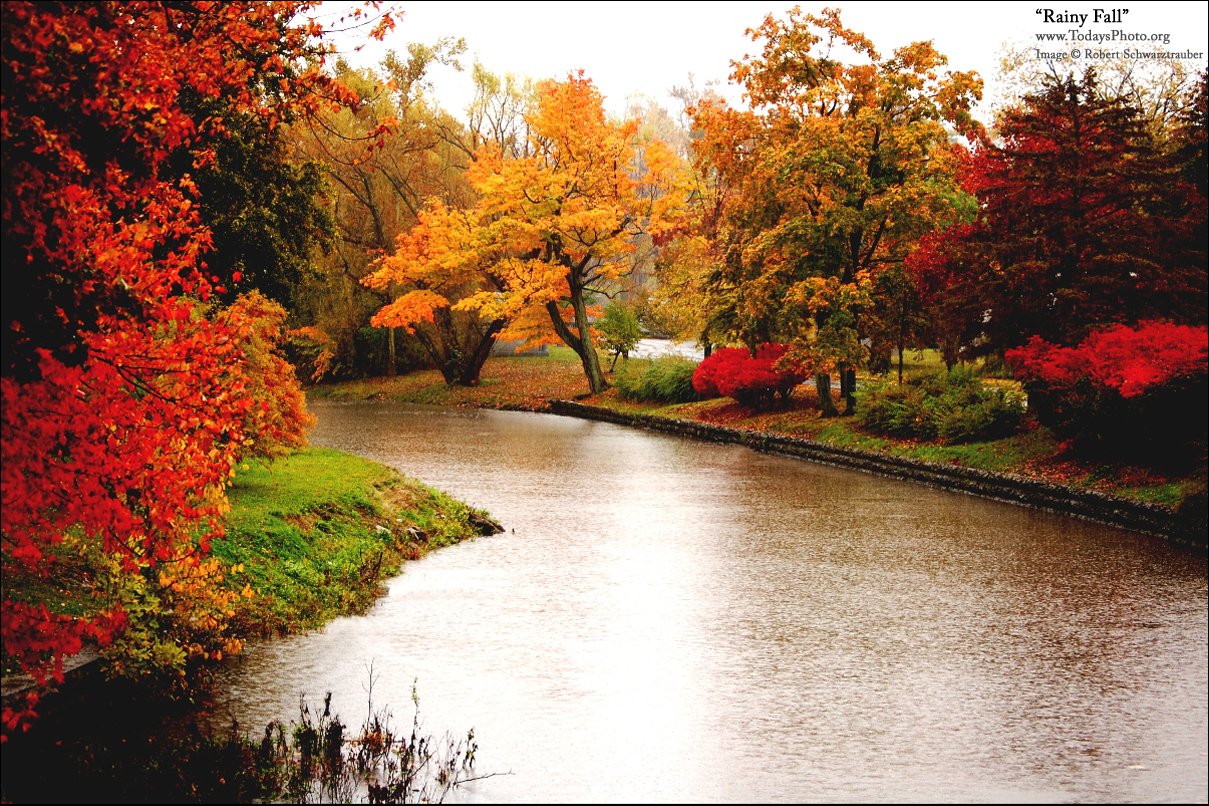

- #BEAUTIFUL WEATHER PICTURES MANUAL#
- #BEAUTIFUL WEATHER PICTURES ISO#
- #BEAUTIFUL WEATHER PICTURES PROFESSIONAL#
- #BEAUTIFUL WEATHER PICTURES WINDOWS#
Using flash can also help you maintain a high shutter speed.
#BEAUTIFUL WEATHER PICTURES MANUAL#
The automatic setting can be too harsh, so use flash in manual mode and choose the intensity you need. Another way to light the rain drops is to use flash. Use any source of light that’s available or bring your own reflector.
#BEAUTIFUL WEATHER PICTURES WINDOWS#
Rainy streets can have bright windows or billboards, traffic lights, and other sources of light that can help you make the rain glow. Use a source of light behind the rain.Start with f/8 and experiment until you find the perfect balance between shutter speed and depth of field. Nevertheless, for keeping the beautiful rain in focus you need a deep depth of field, which requires a small aperture. A large aperture allows more light into the camera, which is essential if you want to maintain a fast shutter speed.

If you want a waterfall image, you can use a slower shutter speed, but don’t overdo it because you’ll end up with no focal point. Especially if you focus on splashing water, your camera will need to be very fast. Like any other subject in motion, rain needs a fast shutter speed. It will help you maintain a fast shutter speed and catch the raindrops.
#BEAUTIFUL WEATHER PICTURES ISO#
Use a higher ISO value to cope with the low light. Here are the most useful settings for rain photography: A camera’s metering system can be tricked by low-light conditions. Vary the exposure slightly around the recommended value given by your camera. Bracketing is often used to establish the best exposure. The most popular settings below will make the raindrops visible, but you can experiment with other settings as well. Your style and the atmosphere of the pictures are also important. If you choose a night rain photo session, a tripod is a must.Ĭamera settings depend on the type of photography you do. Even if you don’t use very slow shutter speeds, a tripod eliminates the risk of blurred images and camera shake. Some rain scenes need long exposures for a more dramatic effect. You won’t have enough patience, energy, and creativity if you’re soaking wet. You can also improvise a raincoat if the rain catches you unprepared: Use a transparent plastic bag and make sure your camera stays dry. You can find waterproof camera cases, lens hoods, and custom rain covers.
#BEAUTIFUL WEATHER PICTURES PROFESSIONAL#
Professional cameras are expensive, and you don’t want to risk ruining yours in a single photoshoot.

Invest in a professional DSLR or mirrorless camera with state of the art technology. A camera that works well in low-light conditions.In terms of gear, there are some vital things for taking rain pictures: Here’s everything you need to know to add beautiful rain pictures to your portfolio. You need solid knowledge of photography, a professional camera with high performance in low-light conditions, and a lot of patience. It can easily transform a dull subject into something amazing.ĭo you remember Elliott Erwitt’s photograph “Leap on a rainy day,” taken for the hundredth anniversary of the Eiffel Tower? Or the many rainy day images of Henri Cartier-Bresson? His street life pictures wouldn’t have been the same without rain.

Rain is always different and perfect for artistic approaches. Unlike sunset photography, rain photography works with low light, gray skies, unsaturated colors, and lots of water.ĭespite all this, rain pictures are part of all great photographers’ portfolios regardless of their style. Taking pictures of rain and wet subjects challenges photographers to use special gear and settings, compose in difficult conditions, and convey a poetic message. Rain photography is highly demanding, and many photographers prefer to wait for sunny weather.


 0 kommentar(er)
0 kommentar(er)
